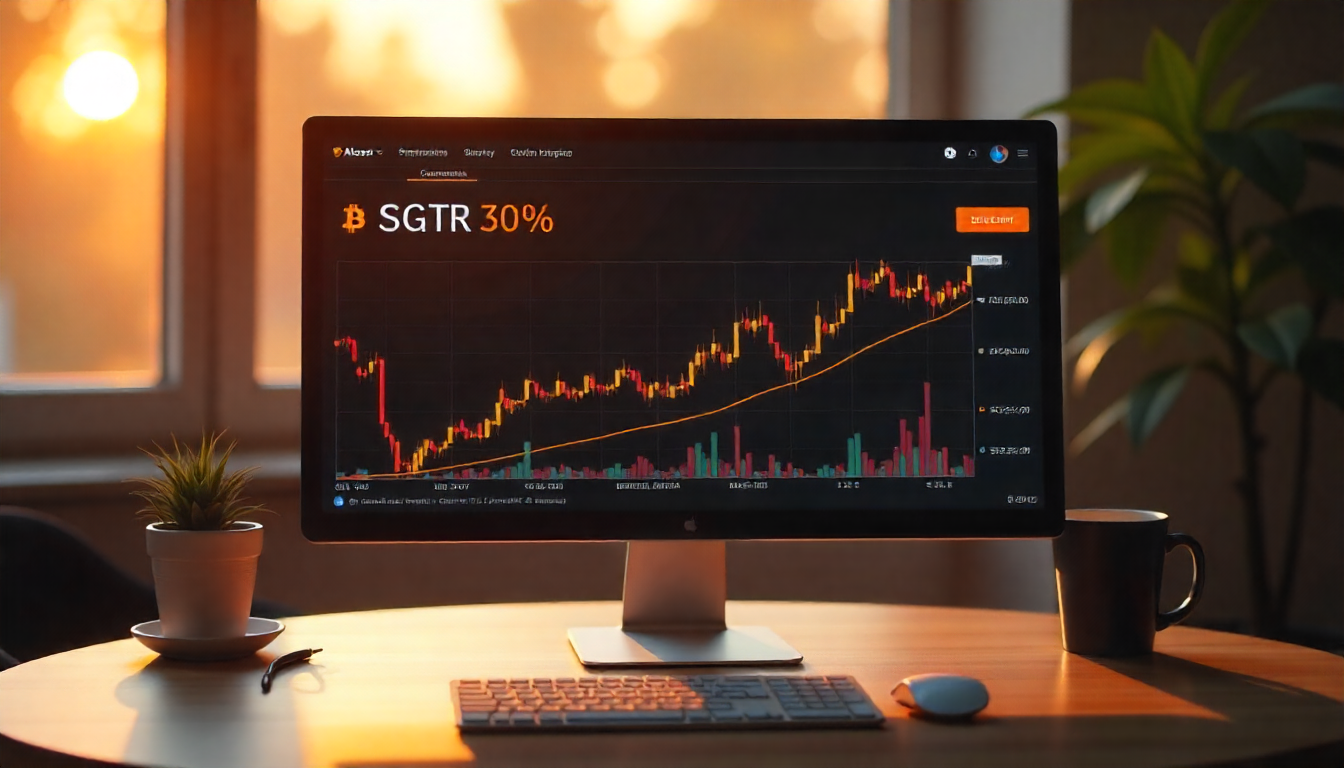Ethereum Targets $13K as Institutional Demand Surges with SharpLink’s $295M Purchase
Ethereum could rally to as high as $13,000 by the fourth quarter, according to a bullish forecast from a widely followed pseudonymous analyst known as “Wolf” on X. Even his conservative projection places ETH at $8,000 — more than double its current level — as technical and institutional signals align.
In a detailed chart analysis shared Friday, Wolf highlighted a sharp breakout ahead, but cautioned that a 20–25% correction could follow, describing it as a “final shakeout” before a larger, sustained move higher.
On-chain data appears to support the momentum shift. SharpLink Gaming (SBET) has significantly increased its ETH holdings, purchasing 77,210 ETH valued at approximately $295 million, according to Lookonchain. This brings the Nasdaq-listed company’s total treasury to 438,017 ETH, worth about $1.69 billion, cementing its position as the largest public corporate holder of ether.
The latest purchase comes shortly after SharpLink appointed former BlackRock executive Joseph Chalom as co-CEO and reported 567 ETH in staking rewards since launching its ETH treasury strategy on June 2.
Adding to the bullish tone, Placeholder Ventures partner Chris Burniske observed a dramatic shift in market sentiment: “ETH went from most hated coin to darling of CT in ~5 weeks.” Since June 23, Ethereum has rallied roughly 73%.
At press time, ETH is trading at $3,884, up 2% over the last 24 hours, per CoinDesk data.
Technical Setup Signals Further Breakout Potential
- Between July 27 and July 28, ETH rose from $3,771.30 to $3,888.72, posting a 3.11% daily gain with a 4.91% trading range.
- Price action broke through key resistance at $3,837–$3,850 on strong volume, establishing a new support zone and setting sights on the $3,950–$4,000 range.
- A notable surge from $3,876 to $3,898 at 08:05 UTC came amid heightened volume, indicating continued institutional accumulation near breakout levels.





